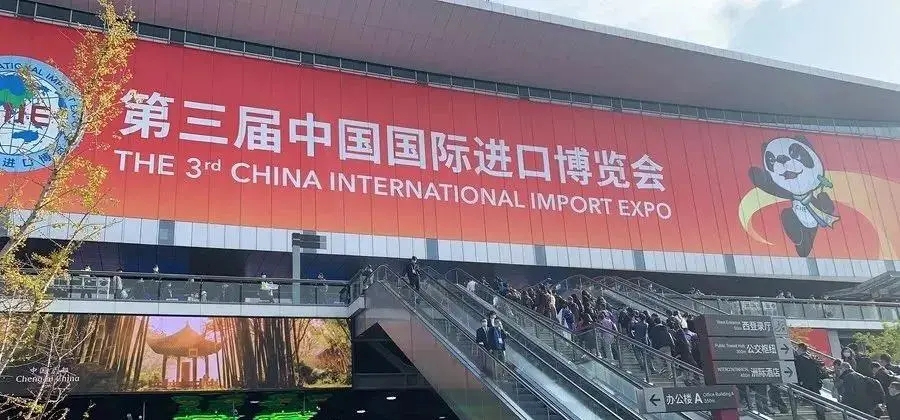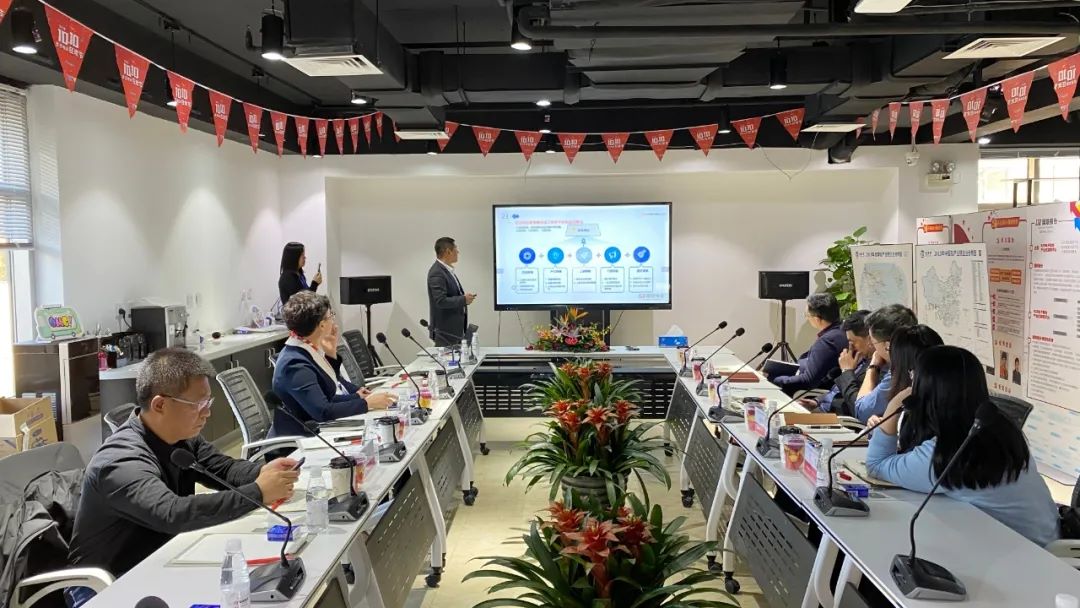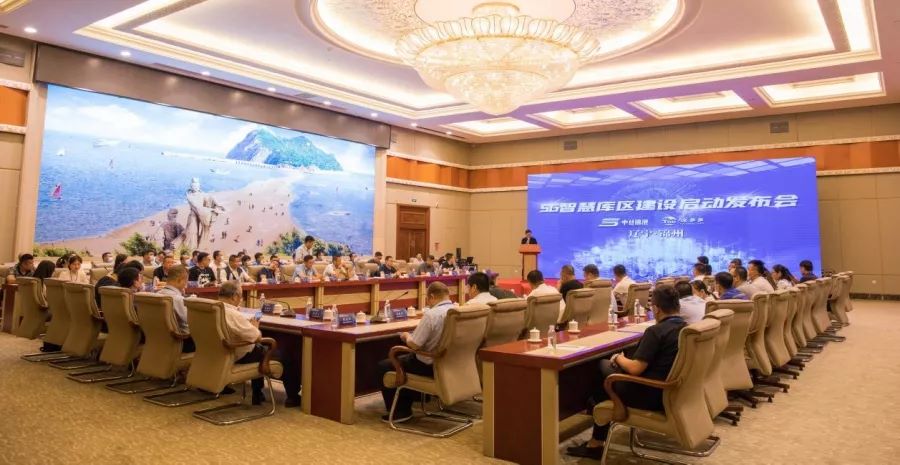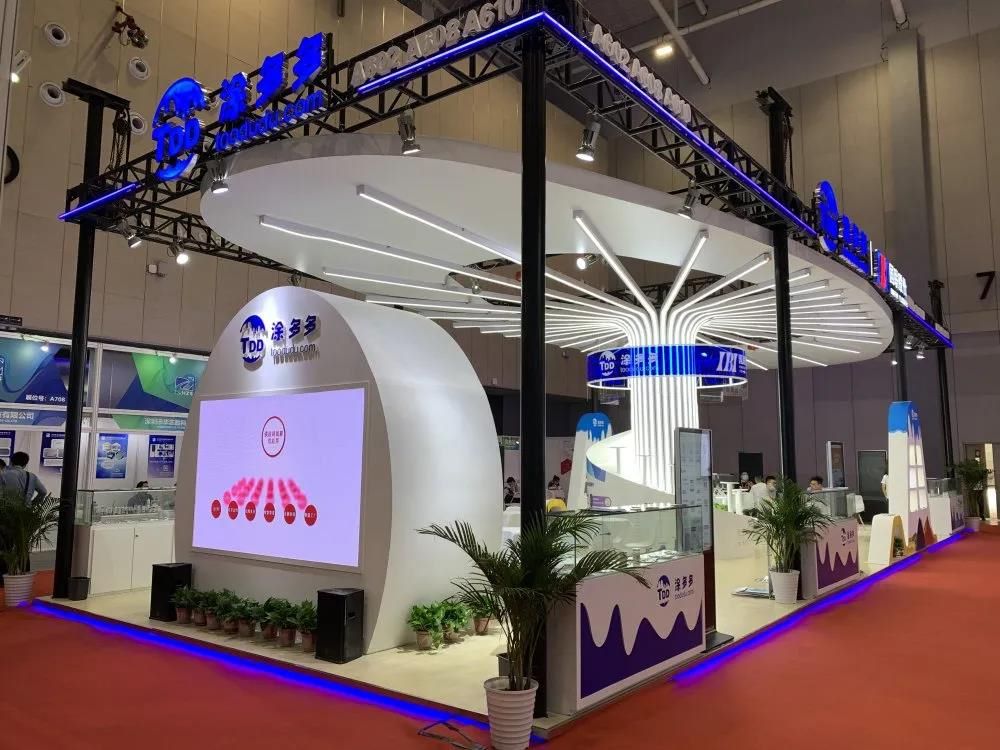Continental, Michelin, Goodyear, tire companies standing at the crossroads
On April 8, 2025, Continental announced that it would facilitate ContiTech's independence in 2026, and the parent company of Continental will focus on the tire business in the future. "A moment of turmoil", what kind of industrial wave will Continental, which focuses on the tire business, set off in the global tire market?

Continental narrows its business scope
It took Continental 30 years to extend its "hands" to industries such as automobiles, tires and industrial materials through acquisitions and other means, becoming a large multinational group with remarkable achievements in many fields. However, in less than a year (starting from the second half of 2024), Continental announced the divestiture of many businesses and devoted all its energy to the tire business. If the business divestiture plan is implemented smoothly, it will probably take less than 3 years.
The strong contrast in execution time between 30 years and 3 years makes everyone think - what happened to Continental? On the surface, Continental is narrowing its business scope, but if we look through the financial report, we can find that Continental's tire business is gradually becoming its core competitiveness. It is true that the tire business accounts for only about 35% of Continental's total revenue, but if you look at the profitability, you will find that the tire business, which accounts for a low proportion of revenue, is the best performing sector of Continental.
Taking the fourth quarter of 2024 as an example, in 2024, the revenue of the automotive, tire, and ContiTech departments were 4.855 billion euros, 3.677 billion euros, and 1.552 billion yuan respectively; the profits were 323 million euros, 511 million euros, and 121 million euros respectively. Although the tire business accounts for only about 35% of Continental's revenue, it accounts for as much as 53% of the profit. Thanks to a profit margin of 13.9% (the profit margins of automobiles and ContiTech are only 6.6% and 7.8%), tires are the main support for Continental's profitability. In fact, the tire business has made outstanding contributions to Continental's profits for many consecutive years.
In addition, Continental's tire business is the only business segment that achieved positive revenue growth in the fourth quarter of 2024. Why focus on the tire business? The data has already told us. And like all foreign-funded tire companies, "profit first" is also prompting Continental to focus more on high-profit business segments. However, it is worth noting that Continental does not operate its tire business as a "package" - its tire business is also experiencing the survival of the fittest.
In 2025, Continental once again sold its agricultural tire business. This also means that at least in the next three years, Continental will focus more on the research and development, manufacturing and sales of passenger car tires and truck and bus tires. Combined with industry news and financial reports in 2024, it can be predicted that in the passenger car tire market, Continental will focus more on supporting business and high-performance tire sales; for truck tire business, especially sales in the North American truck tire market, Continental will continue to promote its layout of retread tires. Almost consistent with Continental's development strategy is its old rival, Goodyear.
Goodyear improves tire business
The division of the first echelon of global tires is very interesting - Michelin and Bridgestone are unique in their "dragon-tiger fight", while Goodyear and Continental have been engaged in a fierce "offensive and defensive battle" for the top three positions in the world for more than ten years.
The development plans of these two companies are also surprisingly similar: focus on tires, especially passenger car tires and truck and bus tires.
At the end of 2023, Goodyear released its transformation plan - Goodyear Forward Plan. Dunlop Europe's operating rights, off-road tire business and chemical products business are all in Goodyear's sale plan. Goodyear has made more investments in the passenger car tire business. Goodyear's Lawton plant in Oklahoma received an investment of US$320 million, focusing on the production of "high-end tires"; Goodyear also invested 575 million Canadian dollars in the Napanee plant in Ontario, Canada to increase the production capacity of electric vehicle tires and all-terrain tires; Goodyear's Kunshan plant in China also invested US$200 million to meet China's growing demand for high-value tires. During the period when Goodyear focused on the tire business and focused on reducing costs and increasing efficiency, passenger car tires became its key development track.
Of course, Sumitomo Rubber, like Goodyear, also has a "special liking" for passenger car tires. In mid-2025, Sumitomo Rubber expects to complete all steps of acquiring Dunlop's European operating rights. This is the operating rights that Sumitomo Rubber has always wanted to get back after the alliance with Goodyear broke down in 2015.
Ten years later, Sumitomo Rubber spent about 5.1 billion yuan to buy back Dunlop's European operating rights. Sumitomo Rubber finally improved the competitiveness of the Dunlop brand in the global high-end tire market and Sumitomo Rubber's global "high-end" strategy by further integrating market resources. According to Sumitomo Rubber's previous statement, after it bought back Dunlop's European operating rights, it will fully cooperate with Dunlop's sports business to enhance the brand's influence.
However, Sumitomo Rubber is also weighing every expense. In 2025, Sumitomo Rubber is about to shut down its US factory. One of the reasons is that the factory has been losing money for years under high costs. Even if you prefer the tire business, you are still very cautious when spending money. However, not all tire giants will "prefer tires" in future development. Michelin has expressed its intention to increase the proportion of non-tire businesses in 2026.
Michelin jumps out of the scope of tire business and seeks wider development
Previously, when Michelin announced its sales target for 2026, it stated that it intended to increase the proportion of non-tire business.
When Michelin announced its profit target three years later in 2024, it stated that in addition to setting a target of 4.2 billion euros for the operating profit of the division in 2026, it also redefined the sales target of non-tire business-non-tire business accounted for 20% of total revenue.
In fact, improving the performance of non-tire business is still part of Michelin's 2030 vision. Michelin's non-tire business includes sealing technology, conveyor belts, hoses, engineering polymers, fabrics and films. The material business accounts for a high proportion of non-tire business (the business has been renamed "polymer composite solutions"), and "services and experiences", namely fleet management, retail, distribution and lifestyle, are also Michelin's expanding non-tire business.
In 2024, Michelin's polymer composite solutions business achieved growth, further proving the correctness of Michelin's planning for its competitiveness. "Michelin is not just a tire manufacturer, Michelin is a real high-tech company. Of course, Michelin will continue to be a 'key player' in the tire field, but will further apply its material knowledge to 'most technically demanding, growth-oriented markets, far beyond the field of mobility'." Of course, there are also tire giants whose development tends to be "conventional".
Bridgestone's global localization strategy
Compared with many tire leading companies, it can be found that Bridgestone's medium- and long-term development strategy is more conventional-deepening the global tire market and exploring the development potential of different markets.
However, in the medium-term business development plan (2024-2026), Bridgestone also set "enhanced profitability" through a truly "global localization" management structure to maximize efficiency and benefits to achieve the 2030 long-term strategy-focus on value creation. According to the business development blueprint, Bridgestone's "further focus on value creation" includes "creating excellent business quality", "creating high-quality tires", "creating high-quality business" and "creating new business, sowing good seeds for future development" four scenarios.
Among them, in terms of creating high-quality tires, Bridgestone will accelerate value creation activities by integrating basic product design technology and the "new high-end" ENLITEN technology unique to Bridgestone's core tire business, as well as BCMA, the basic technology for R&D and manufacturing that reduces business costs. In addition, like most leading companies' plans for tire business, Bridgestone will also establish a new high-end tire business model and a sustainable high-end brand by strengthening channel strength. Yokohama, another Japanese tire manufacturer that has been making continuous moves in recent years, has been increasing its off-road tire business content, but its core development is related to Bridgestone is very similar, and it is still improving the competitive advantage of all categories of products.
Chinese tires at the crossroads
In fact, it is not only foreign tire companies that are standing at the crossroads. With the 105% tariff coming, Chinese tire companies are also standing at the crossroads of development. In the past 30 years, Chinese tires have rapidly expanded their market share in the global market through high quality-price ratio, but when higher tariffs come, when a truck tire is sold for 1,800 yuan each, how much quality-price ratio advantage will Chinese tire companies have left? At this time, Chinese tire companies can look at what foreign giants are doing. After all, the world is under high-pressure tariffs, and the handling methods of foreign tire companies that have experienced many storms are often worth learning and emulating? Expand new rubber projects like Michelin? Or deepen the "global localization" management structure like Bridgestone to maximize efficiency and benefits?
- A variety of ultra-high performance tires compete689
- Lubricant and tire prices soar due to tariffs958
- The more difficulties we face, the more courageous Chinese tires are1006
- Domestic and international rubber market situation on April 17, 20251030
- Cognitive breakthrough of tire safety technology: from single reliance to system construction962









